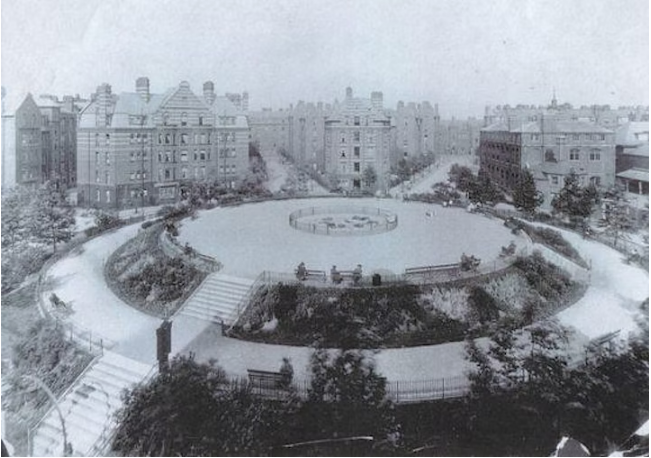Historian Sarah Wise and community activist Philip Green explore the history of 19th Century London’s most notorious slum.
Doors: 7:00pm
Tickets £10 [£8 concession]
The Old Nichol in Shoreditch had the worst reputation in Victorian London for criminality, chronic poverty and low life-expectancy in the second half of the nineteenth century. Charles Booth coloured the Nichol's streets deepest black on his famous Poverty Map, and described it as 'deserving of destruction'. But was this fair? What did the people of the Nichol themselves think of their environment?
Historian Sarah Wise seeks to untangle myth and fact about this infamous spot and, among the clamour of outside observers, tries to locate the authentic voice of society's most outcast.
The Old Nichol rookery was demolished under pressure from social activists and in its place the radical model housing Boundary Estate was constructed in the 1890s.The estate consists of beautiful multi-storey brick tenements radiating from a central circus.
Long term resident Philip Green guides us through the history of the estate's life as social housing with huge social deprivations and divisions - and the political and economic pressures it faces as a consequence of the gentrification of the area
Sarah Wise teaches 19th-century social history and literature to adult learners and is visiting professor at the University of California’s London Study Center. Her debut, The Italian Boy: Murder and Grave Robbery in 1830s London won the Crime Writers' Association Gold Dagger for Non-Fiction. Her follow-up, The Blackest Streets: The Life and Death of a Victorian Slum, was the basis for the BBC’s series The Victorian Slum.
Her most recent book, Inconvenient People: Lunacy and Liberty in 19th-Century England, was shortlisted for the Wellcome Prize. She is currently writing its follow-up, to be published in 2023.
Philip Green is a community activist, who has lived on the Boundary Estate since the 1980s and been deeply instrumental in the tenants and residents associations’ campaigns to keep the Boundary as council housing and the community action needed to improve the estate.


